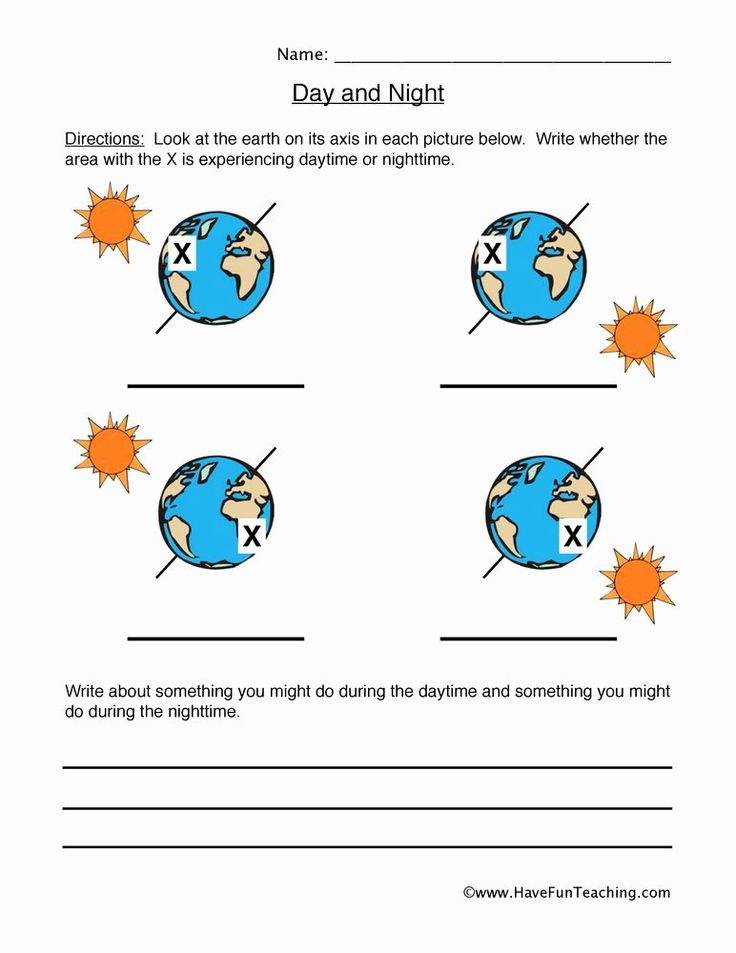Day and night science for kids: 30 Night Time Science Ideas for Kids
Posted on30 Night Time Science Ideas for Kids
Nighttime science is a great way to encourage kids to learn more about the world around them. There are many different ways to do nighttime science and this blog post will discuss some of our favorite ideas.
In this blog post, I’m sharing some nighttime science ideas for kids that will help them learn a little something while they are staying up past their bedtime. From making homemade glow sticks and exploring the stars in your backyard with binoculars, there are so many fun things that kids of all ages can do at night.
What child doesn’t love exploring outside when it’s dark outside? Fun, games, and even science just seem more interesting when you need a lantern to see.
Our family loves camping and exploring nature. We spend a lot of time outside. And yes, we girls have braved the great wilderness in the dark. We even have bats that live in our attic.
I have this great book titled Night Science for Kids by Terry Krautwurst.
I found this book a couple of years ago and snatched it up immediately, knowing that my daughter Hannah, who is especially fascinated by nature, would love it.
From the back of the book:
Make dozens of exciting discoveries as you experience the fascinating and mysterious world of science after dark. Have you ever talked to fireflies? Or found a moth as big as your hand? Do you know how to make the moon shrink? Or where to look for flying squirrels? From stargazing to spider watching, becoming a night science explorer is fun!
There is a detailed list of gear for your night time explorations on page 18. I’ll share a quick overview with you:
- flashlight with red cellophane covering the light
- binoculars {for dusk or dawn}
- backpack for your gear
- warm clothes
- plastic garbage bag
- pencil and notebook
- insect repellent
- watch
- snacks and drink
- camera
- tape recorder
Chapters include:
- Into the Night
- Becoming a Night Explorer
- Night animals
- The Fly-By-Nights
- Insects in the Nights
- Eyes to the Sky
- The Edges of Night
This is a great book filled with lots of activities for night time science.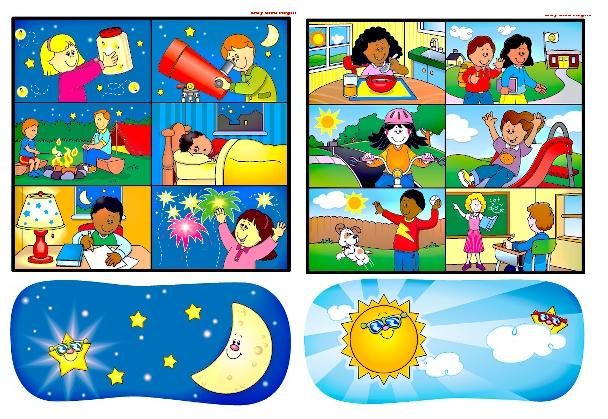
Nighttime Science Ideas for Kids
There is no better way to learn than by doing. This includes learning science! There are many nighttime activities that you can do with your kids or students in order to learn more about the world around us and how it works. Below, we will go over a few ideas for nighttime science experiments that can be done at home with common household items.
1. Make a constellation map of the stars in your area and use it to find constellations
2. Create a night sky projector by shining light through it with a flashlight or buy one already made.
3. Look up at the moon for 10 minutes without looking away – you might see something interesting!
4. Turn off all lights in your room, then turn them back on one by one to see how they affect your eyesight
5. Find out what’s happening in space right now (like where Jupiter is) using NASA’s Eyes On Solar System app
6. Create a night-time scavenger hunt for kids to find different items outside at night
9.
10. Have a nighttime picnic on the lawn or porch, complete with snacks and drinks that are easy to eat without using any light sources
11. Play flashlight tag or hide-and-seek in the dark, both indoors and outdoors (make sure you have enough flashlights!)
12. Use the stars to tell time
13. Make a night sky mobile for your ceiling
14. Build an observatory in your backyard or on your roof using cardboard and binoculars
15. Learn about astronomy by reading books, watching documentaries, or visiting museums
16. Make your own lava lamp using a plastic bottle, water, food coloring, and dish soap
17. Create your own constellations with glow-in-the-dark paint
How to Make Glow in the Dark Paint
Materials:
- 1 – 2 tsp Glow powder for each paint color
- water
- 4 tsp of each acrylic paint. in desired colors
Instructions: Mix equal parts of glow powder (or glitter) and a little bit of water with your favorite kind of white paint.
More Nighttime Science Activities for Kids
Here are some more activities I’ve come across that would be super fun for you to do with your child at night:
- Summer Star Chart
- Star Gazing Apps – iPhone and Android
- Study the Night Sky
- Build a Bat House.
- Search for Foxfire “Glowing Fungi”.
- Learn about Moths and Bats and explore outside to see what you find.
- Study fireflies and make a firefly night light {be sure to let them go in the morning!}
- Listen for owls and build an owl house.
- Find a Luna Moth.
- Go sugaring for moths.
- Make a light and sheet insect collector.
Of course, it’s always fun when you discover a raccoon peeking at you from behind a tree, see deer grazing at night in your year, or see a possum staring at you.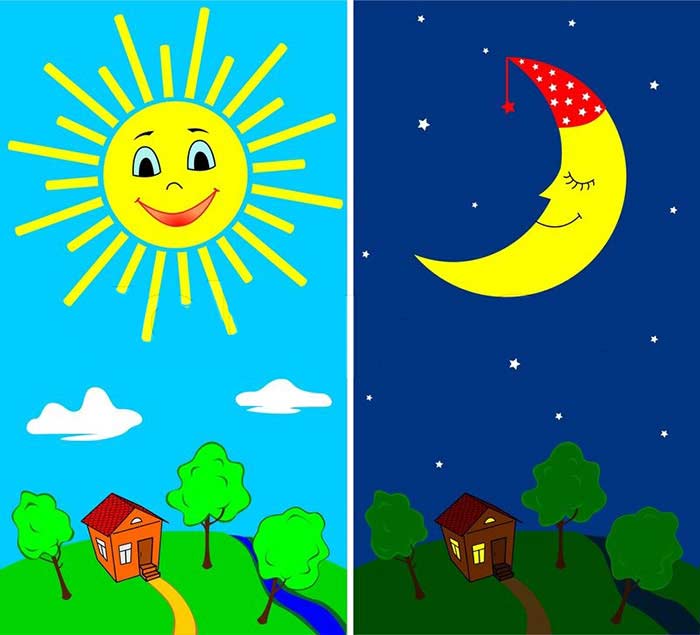
There’s so much to do outside, why not stay up late and then sleep under the stars on a clear night?
- You may even want to build a teepee in the backyard.
I hope you’ll enjoy some evenings outside with your children this summer and sweet memories will be created!
Nighttime Science Ideas and activities for kids are a fun way to get kids excited about science! We hope these will give your children some inspiration so they can enjoy entertaining nighttime science explorations while learning something new every day.
Did we miss any great ideas? Let us know in the comments below!
Science Day and Night | NSTA
Science centers provide an engaging way for young learners to explore related concepts. The hands-on nature of each exercise secures the stimulation necessary to maintain focused attention.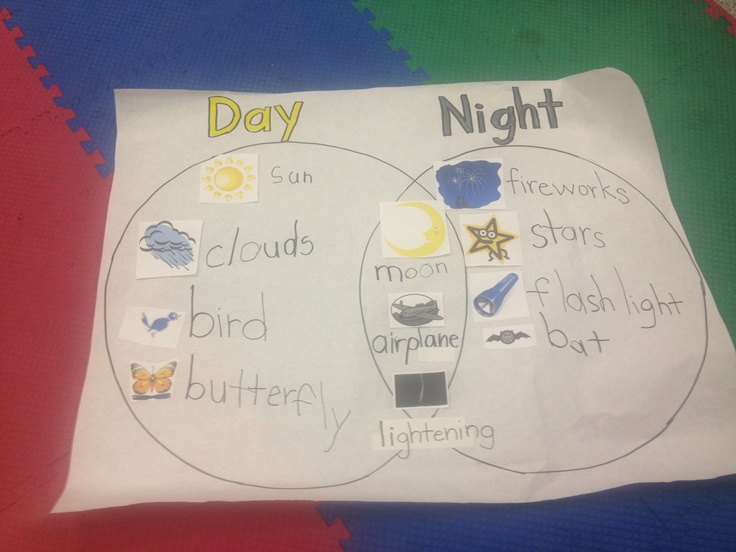
This lesson is aligned to: K-LS1-1. Use observations to describe patterns of what plants and animals (including humans) need to survive. Students were introduced to patterns and structure and function while looking for adaptations that help nocturnal animals survive including: excellent eyesight, good sense of smell, good sense of hearing, specialized hairs, and echolocation. Groups of three to four students explored each science center and then travelled to the next on the teacher’s signal. There were five centers total and each took eight minutes to complete. Students also designed “nocturnal creature” models with modeling clay and art supplies.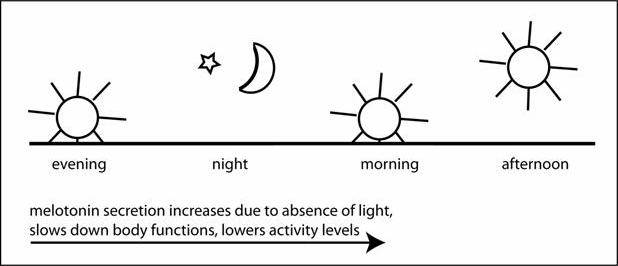
Engage: Day 1
Learners began with circle time discussion as a formative assessment. Students were asked what they know about night and what things happen at night? Common student ideas for night included: stars shine and the Moon is often visible in the sky, humans go to sleep at night, and some animals like bats are awake at night. They often thought about night in terms of activities and said things like kids do not to play outside because it is too dark and cold at night. We then asked what they know about day and what it is like during the day. For daytime they shared the Sun is up and stars can no longer be seen. Many students pointed out that day is often hotter than night, which they attributed to sunshine. They knew some animals like bats and owls are often asleep, but other animals like humans, dogs, and birds are awake during the day. Students were asked what things animals might do during the night if they are awake and they told us some animals fly at night and hunt for food, but they were not sure beyond that.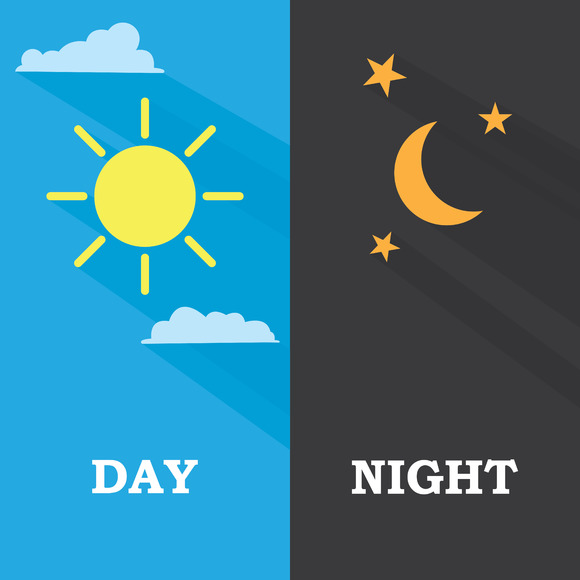
The teacher reveals what foods were in the sense of smell station.
Prior knowledge of nocturnal and diurnal animals was assessed with a sorting activity. A two-column chart was made on the carpet with painter’s tape. At the top there was a picture of the day and night sky. Students were asked: Which animals do you think are active during the day, and which are active during the night? We specifically talked about day and night animals to leave the vocabulary of diurnal and nocturnal for the “Explain” portion. A variety of animals’ pictures were used, though we selected multiple Australian animals since there are many Australian families in our school community. This was a way for students to connect through sharing their background.
Students sat on the carpet’s perimeter and each student was handed an animal picture to place in either the day or night column. Students were invited to come individually and place the animal in the column of their choice. If someone was unsure, we prompted them to share their thoughts aloud.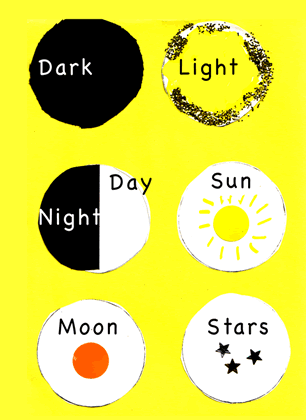
Students were then given an opportunity to discuss any placements they disagreed with or were not sure about. Changes that were made included moving koala to the night category since a student said she had learned that on television. Students began by incorrectly classifying most animals as day animals.
Engage: Day 2
A short video clip, “Bat Echolocation” introduced that animals are specially adapted to their environment and presented the concept of echolocation (Incredible Bats 2018).
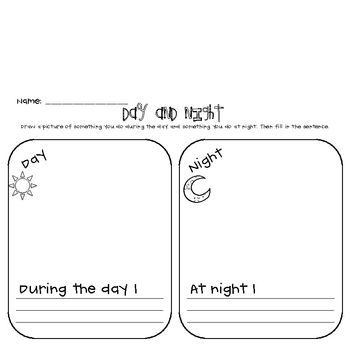
Explore: Day 3
Learners sat in a circle and covered their eyes.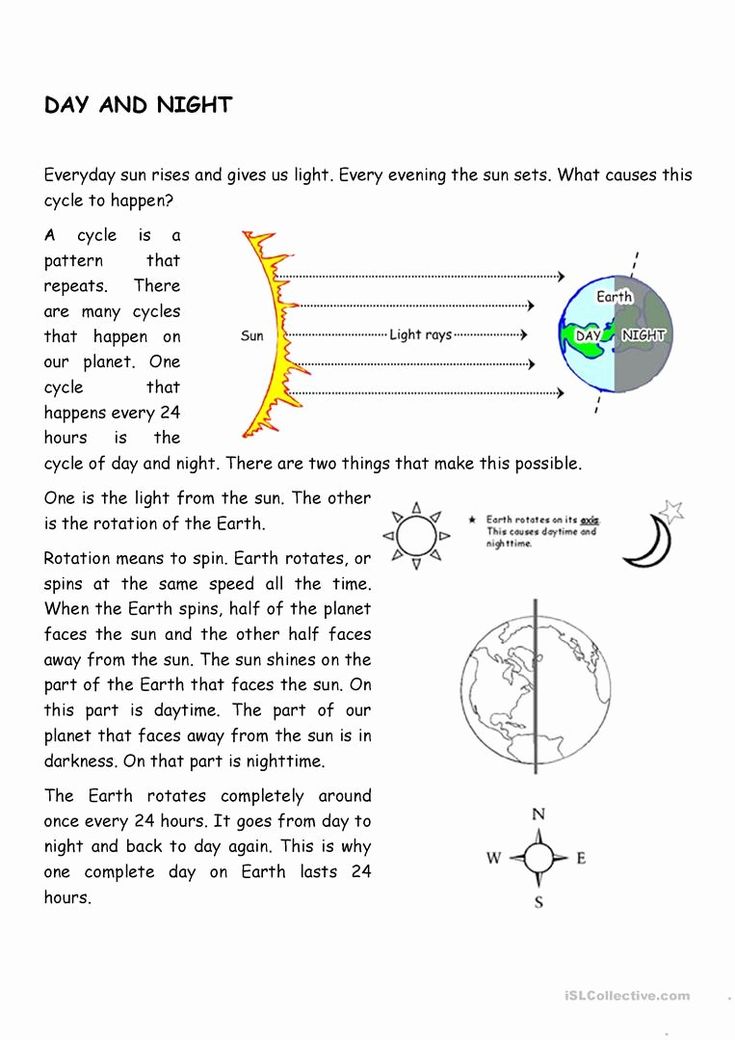
Students work with pencils in “echolocation” box to sense where objects are located within the box.
Science center materials were created in advance, see Supplemental Resources for detailed explanation. Information regarding the animal adaptations came from the article “Nocturnal Animals Explained” (National Geographic Society 2019). Stations were set up while students were at recess. Stations were designed to be multimodal and multisensory to meet the needs of all learners (Harshbarger 2019).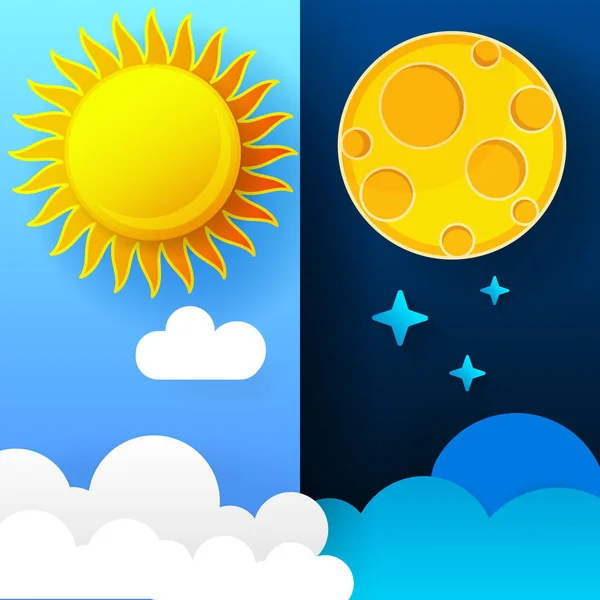
We introduced the research question: What special features do night animals have that help them be active and survive in darkness? Groups were based on background knowledge, support style, and compatibility. Numbering stations helped them to rotate on the signal. Science centers took roughly an hour to complete, including a short dance break in the middle. There were two independent stations: sense of hearing and eyesight. The other three stations were run by the two classroom teachers and a parent volunteer. Another option would be to teach one center a day if additional adults are not available to help.
Center 1: Hearing. Animals may have offset ears, highly moveable ears, or other structural adaptations to hear well (National Geographic Society 2019). Students contrasted how whispering into the air differed from whispering into a plastic cup.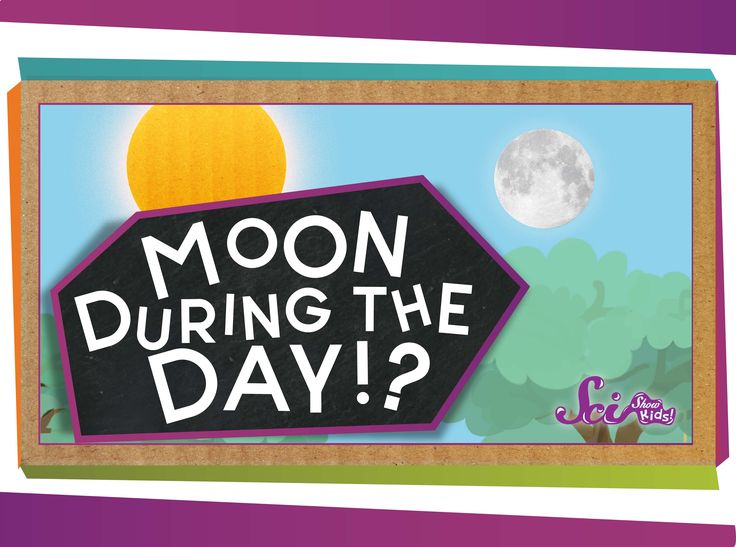
Center 2: Specialized hairs. Students examined a stuffed leopard with plastic whiskers. We asked which animals have whiskers and why they are important. Students knew pet cats and dogs had whiskers and they could sense danger with them. They also had some ideas about how whiskers would help an animal to “feel” objects, especially when moving around in a tight space. We explained brushing whiskers against objects allows the animal to sense the size and texture of objects as well as movement (National Geographic Society 2019). We also talked about when whiskers touch an object it sends a message to the brain to help map out what is around.
Examples of students’ nocturnal creature models.
Students used their fingers to represent specialized hairs.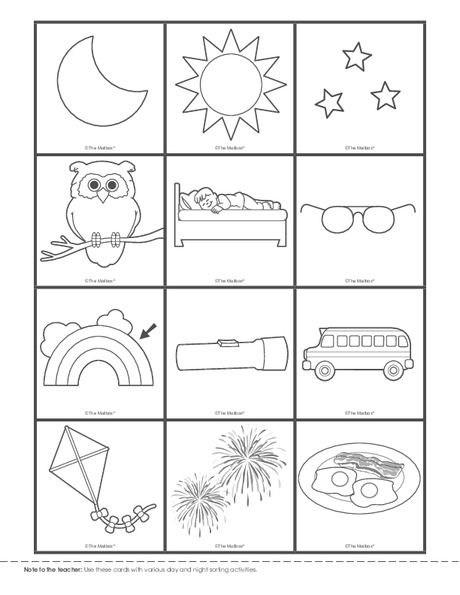
Center 3: Smell. This center has two potential safety concerns. Parents were consulted in advance regarding student food allergies so we could select foods appropriately. A second potential safety concern is that the teacher should discuss proper blindfold use with students, since blindfolds could be snapped.
We started by asking students why night animals need a good sense of smell.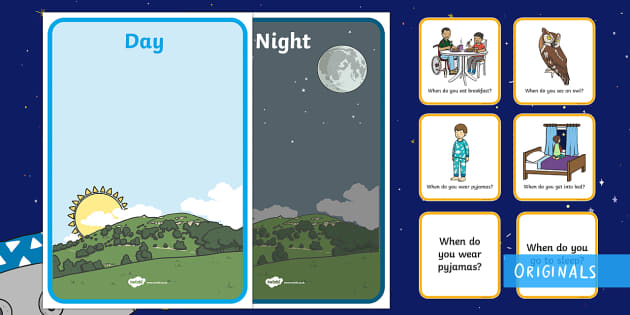
Center 4: Echolocation. This center modeled that sound waves are reflected as a way to find the location of objects. We posed the question: Where have you seen or experienced waves? Learners had encountered waves at the beach, so we discussed how sound also moves in waves.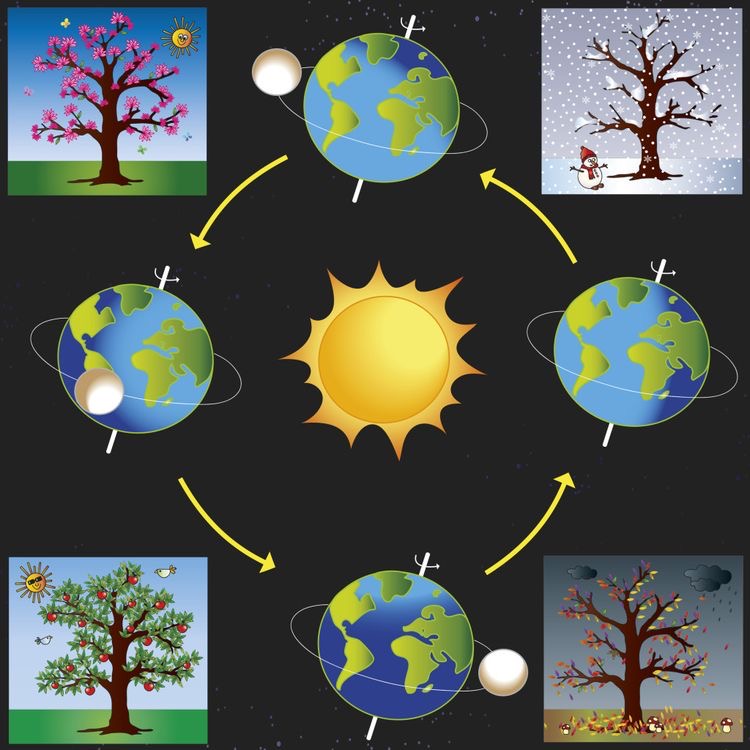
Echolocation was modeled with “echolocation boxes.” Students poked an unsharpened pencil into pre-drilled holes to try to find objects inside. The pencil’s movement represented sound waves bouncing off an object. At the end we revealed what was in each box.
Center 5: Sight. Nocturnal animals often have specialized large eyes for seeing in darkness. Students examined animal picture cards and divided them into large eyed (nocturnal) and small eyed (diurnal). Students then flipped over cards to check their answers. You may want to differentiate learning during this time by asking the students to come up with synonyms for large and small.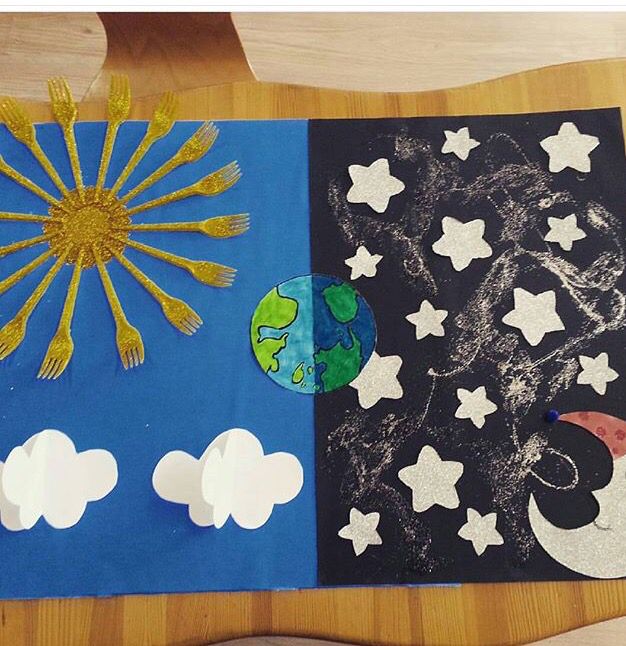
Explain
Back in the circle time area, students sang the “Nocturnal Animal Song” (see Additional Resources). The song was a fun way to provide a break for students who may need to prime the brain for continued optimal learning. Students discussed what they experienced in each station and this led into discussion of adaptations. We introduced students to analogy mapping (IRIS 2020). Analogies such as “like/ are like” we used. Students explained “our fingers are like whiskers and can be used to sense objects.” In this example fingers is analogy and whiskers is the target science concept (IRIS 2020). We helped students verbally make analogies for all stations as a way to answer our research question: What special features do night animals have that help them be active and survive in darkness?
A student sorts photos of animal into daytime and nighttime groups.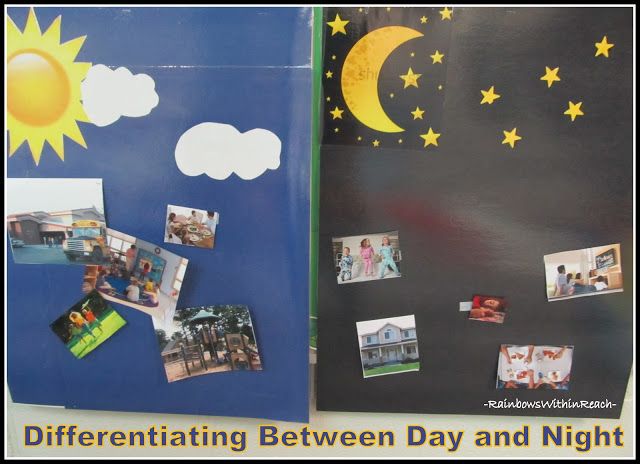
We then introduced the vocabulary words nocturnal and diurnal. Since Center 5 was independent, we together discussed the patterns students noticed when dividing animals into large-eyed and small-eyed, such as nocturnal animals often have large eyes and diurnal animals often have small eyes. We also reiterated that not all animals that have large eyes are nocturnal. As students compared and contrasted features of nocturnal and diurnal animals, they were analyzing and interpreting data.
We also introduced structure and function. For example, a student said she sorted pictures into big eyes and small eyes because “nocturnal animals mostly have big eyes.” We then posed why big eyes would be helpful. Another student said that big eyes would help it “see better in darkness.” He pointed out how some animals have eyes that “glow.” Another student said she liked “meat eater animals like leopards and tigers” so learning about whiskers was fun. She explained how whiskers “feel and sense objects.
Elaborate: Day 4
Students started in circle time and recounted what features they explored. A chart was made with a drawing to represent each center. Students shared their ideas for what images could represent each adaptation on the chart, and then we drew their ideas. For example, students suggested a nose with lines near it for good sense of smell. This was a way to visually represent what we had learned about previously. We discussed how scientists use models and talked about which parts of centers modeled adaptions, such as fingers modeling whiskers as a sense organ.
Students were challenged to design their own nocturnal creature model using modeling clay and art supplies. Students were working to “develop a simple model based on evidence to represent a proposed object” (NGSS Lead States 2013). Art supplies were set in the middle of a table with eight chairs. The class was divided with one group working at the table at a time. Each student created a unique model.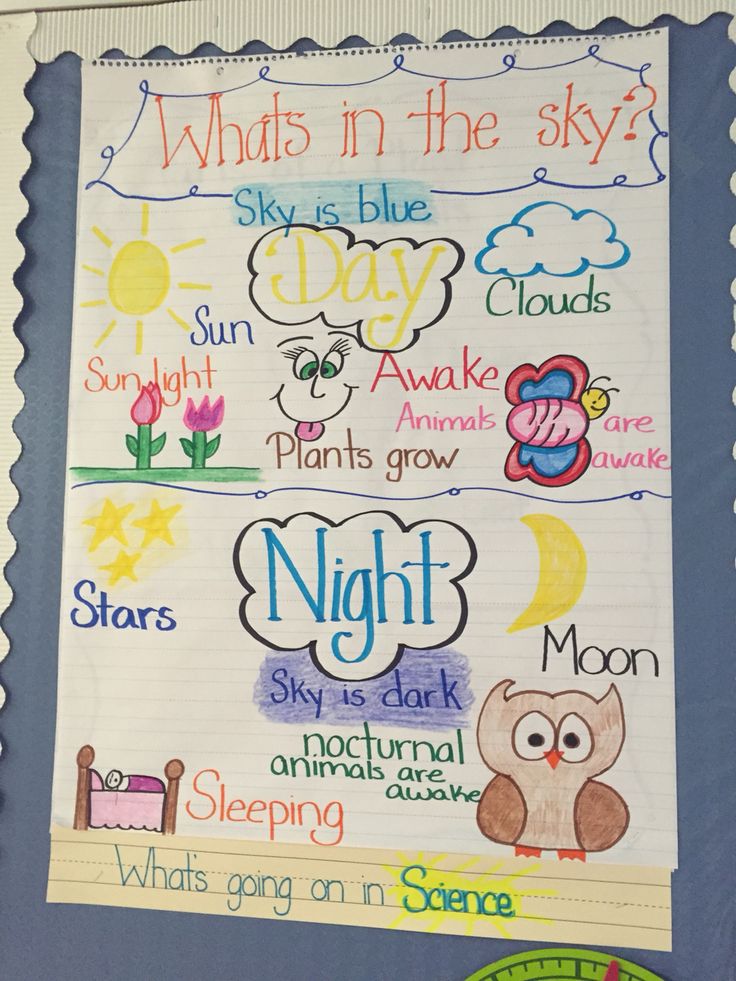
Evaluate
Summative evaluations included having students “show and share” their creations to the class. An assessment rubric (see Supplemental Resources) was used to score students. Each adaptation that was discussed during the “show and share” was rated as a zero, one, or two points. The sentence starter, “This is my nocturnal animal and it has…” was used by students. An example of a student share is, “This is my nocturnal animal. I made a big cat. It has lots of whiskers for feeling and big eyes to see predators.” When necessary, students were prompted to discuss the function of the adaptations. Students often created a unique creature or something similar to a bat, an owl, or large feline. Students compared “models to identify common features and differences” (NGSS Lead States 2013). Common features they discussed included: large eyes for seeing in the night, offset ears for better hearing, whiskers to sense objects and predators, and nose to represent good sense of smell.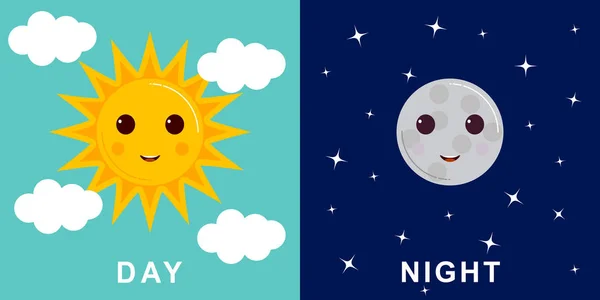
Day 5
The “Engage” animal card sort was redone to see if misconceptions had changed. Cards were held up one by one so students could examine them and categorize it as diurnal or nocturnal and then share their reasoning. They most easily identified animals with large eyes or offset ears as nocturnal. Additional work was done to evaluate student knowledge by asking key questions to students. “Let’s name an animal adaptation that can help this animal (point to photo card) in the night.” “How does this special feature help the animal?” These questions can give each student a turn to showcase with this simple verbal assessment.
Concluding Thoughts
Although this lesson includes many materials, most came from the classroom or our homes and were repurposed.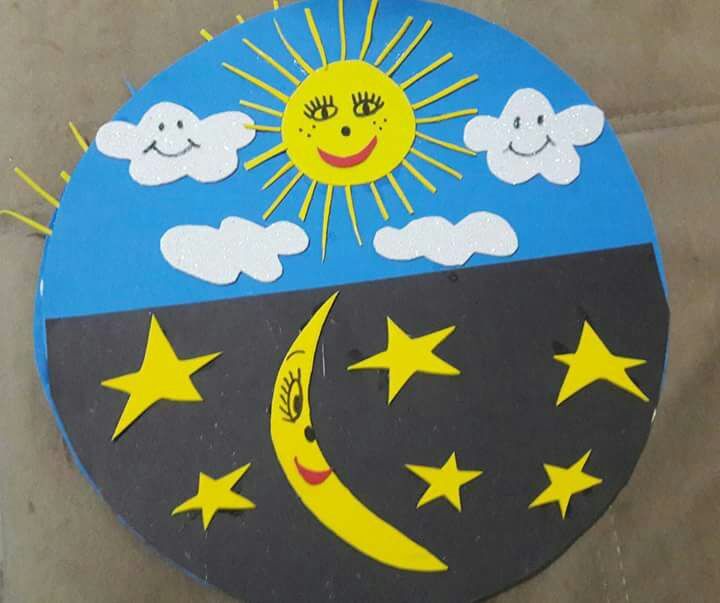
|
Contents SHARE Lesson Twenty Geotale «Day and Night» In space, not far from the star Sun, the planet Earth lived. And on planet Earth there lived people and among them a little girl, whose name was Uni. The planet and the girl were friends and often chatted. Here is how Uni says: – Earth, I’m already tired: every time I want to sleep, I have to cross the mountain to your other side, where it’s always dark, and when I wake up, I have to return to this side again, which is always lit by the sun. Oh! How nice it would be if I stayed in one place, and it became either light or dark! Kind and wise planet Earth figured out how to help the girl. She tried to turn around. And she succeeded! Then the Earth began to rotate, and the girl sat in one place and watched what happened: at first she was in the light, and then the planet turned, and Uni found herself on the dark, unlit side. The planet turned further, and the girl was again on the bright side! Uni clapped her hands in joy. – Can you slow down? she asked. “I can,” the planet replied. She waited until the girl wanted to sleep and began to turn so slowly that Uni was in the shade while she slept. And when the girl woke up, the Earth had already exposed this side to the sun’s rays. That’s what friendship can do! And since then, our planet Earth has been rotating so that for people it is dark at night and light during the day.
NEXT
© The author of the original idea, texts, poems,
Publication comments 04/01/2005, 13:58 Very interesting and informative, the game is easier for children to perceive. Thank you. 04/01/2005, 13:59 Wonderful!!!!! May the good ideas keep coming. 04/01/2005, 2:00 pm super 04/01/2005, 14:00 The whole family is delighted. Thank you. 01.04.2005, 14:01 Great! Now you can read your geotales on my favorite site! Thank you! 01.04.2005, 14:01 Spasibo bol «shoe, jivu v Meksike y ispol» zuiu material dlia moix urokov rus. v universitete. Naslajdaius» kajdoy vashey stranichkoy!!!! Sneterpeniem jdu novix. 04/01/2005 02:02 PM My children (I have two of them) are waiting for the second lesson. I think that through the game it is easier for children to memorize serious («adult») facts. Thank you. 04/01/2005, 14:03 04/01/2005, 14:03 I really liked both the trip and the drawings. 04/01/2005, 14:04 I really like all your rubrics and also in geography. My child is 3.5. We discuss your stories. We have a map hanging in the house and the child already knows many countries and shows them. We know an ode to a song that you might find useful. Song about the countries of Europe: We are sitting on the plane, Here in France, in Paris, A in Germany, in Berlin, City of Bern in the Swiss mountains People in Belgium, in Brussels, A in the UK, no dispute, Further — to the Netherlands, there Look to the west Danish city of Copenhagen In Sweden, Stockholm is the capital Finnish city of Helsinki Tall Norwegian ships Time is running fast, Russia is a great country, The whole of Romania is proud A stately city in Poland A in Bulgaria, in Sofia, Remembered in the Czech Republic and in Prague Budapest Hungarian, know, And the Austrians certainly To complete the circle, Soaring over Italy, In warm Greece, in Athens, Portuguese, in love And in Spain — Madrid Thank you very much for your hard work! 04/01/2005, 2:05 pm Very useful lessons, but… it is possible without brownies and other… 04/01/2005, 14:05 Everything is built in game forms and it pleases. And we play and remember, even if not everything is immediately remembered, but, as they say, «the grain falls into fertile soil» and subsequently sprouts. THANK YOU for taking care of our children. Happy Holidays and SUCCESS. 04/01/2005 2:06 PM Daughter 5 years old, we liked it. When will there be a sequel? 01.04.2005, 14:06 Great idea! Wonderful tales! Great assignments! Thank you very much! Please tell us about volcanoes. 04/01/2005, 14:07 Very beautiful fairy tale stories. I look forward to continuing, I hope to learn about Japan, I really like the journey through your page !!! 04/01/2005, 14:08 class!!!!!!!! 04/01/2005, 14:08 Thank you very much! I found what I wanted. I have three children of different ages (5-3-2 years), everyone listens with great pleasure. Looking forward to new stories. 04/01/2005, 14:09 Thank you very much for interesting stories, and special thanks to Irina (25.11.2004) for the «song about European countries». 01.04.2005, 14:09 Thank you very much for these articles. My six-year-old daughter Veronika loves to read them and solve geo-tasks. 01.04.2005, 14:10 The possibilities for this idea are almost endless. Super! 04/01/2005 2:10 PM Good ideas… 04/01/2005, 14:11 Wonderful! Interesting, and most importantly easy to understand. I especially liked the riddles in the verses. Thank you. 04/18/2005, 03:26 PM Surprisingly simple and informative. It’s so easy about the complex… You, Svetlana, are just a talent!!! And most importantly, thanks to this wonderful site, it is available to those who are not indifferent to the coming generation. 24.04.2005, 06:07 I use your fairy tales-tasks in the senior preparatory groups of the kindergarten, I would like a somewhat simplified version for this age. Thank you! 26.04.2005, 14:37 simple and fun 30. Yes, professional… 12.05.2005, 14:11 Thank you very much for the fairy tales. I really like them and my kids just love them. 05/14/2005, 04:09 PM is very cool! I myself am a geographer, so a very close topic. I have a little son, when he grows up, we will definitely read your fairy tales with him! Thanks!!! 06/05/2005, 16:47 Wonderful! 06/09/2005, 12:51 very necessary heading informative well done creators thank you and God bless you many more interesting projects 06/16/2005, 18:52 06/22/2005, 04:31 PM read a fairy tale about planets — the child laughed out loud! 06/24/2005, 20:17 I read a fairy tale about the fog, and got sick of being mischievous. Thank you. 17. I re-read fairy tales, kind and understandable. Thank you. I will wait for the continuation. 13.09.2005, 14:12 Thank you very much, the story about the planets is just a miracle, but my child (5 years old) had a reasonable question: What about the Moon? Looking forward to more about Luna. Thanks 20.09.2005, 11:10 19.10.2005, 10:17 We are longtime fans of your portal, but we were very surprised by the interpretation of the division of the Earth’s population into races, presented by S. Belokurova-Viderhold. Where did the Caucasian race disappear to? 10/19/2005, 18:08 Dear readers! There have always been disputes about the concept of «race» in science. The most common classification: Caucasoid, Mongoloid and Negroid races. They, in turn, are divided into subgroups. 29.10.2005, 21:36 11/28/2005, 07:33 PM excellent 01.12.2005, 11:43 The lessons are wonderful, but can you post the answers somewhere? And then I myself am not very friendly with puzzles. 08.12.2005, 14:44 Me and my child like GeoFairy Tales very much. Many thanks to the author Svetlana Belokurova-Viderhold. I want to ask a question about poetry to the author of the comment from 04/01/2005, 14:04 Site administrator: 08.12.2005, 14:55 Svetlana, thank you for writing. The typo has been corrected. 12/17/2005, 6:32 pm what is geography 12/19/2005, 10:41 Answer to Denis’s question: Geo (from Greek ge — earth) — indicates the attitude to the sciences of the Earth, the earth’s crust and the globe as a whole. Graphia (from the Greek grapho — I write, I draw, I draw), in this case, the name of a science that studies, describes the subject indicated in the forthcoming part (here: geo). So it turns out that geography is a science that studies and describes the globe as a whole. It is divided into dozens of «narrow» geographical sciences, which focus their attention on one subject. For example: geology, economic geography, population geography, geography of a country or region (geography of Russia, geography of the Urals). 23.12.2005, 20:10 Very interesting, we look forward to continuing, Thank you very much for your fairy tale stories. 27.02.2006, 19:00 Thank you, my son and I read your fairy tales with pleasure. 01.03.2006, 22:39 I really liked the story about Paris, especially the main characters. I find a lot of new, and most importantly, interesting and easy-to-remember things in your fairy tales. Thank you. 01.03.2006, 22:45 Cute story with snowflakes. 03/24/2006, 11:43 I really liked the wonderful geography lessons on the «Solnyshka». I studied all this myself at school and I know all this. However, it was the portal «Sunshine» that helped to explain this to the younger sister, who constantly asks questions on the topics of geographical lessons. Thank you! 27.03.2006, 16:24 very interesting 10.05.2006, 15:30 Svetlana, thank you! 05/21/2006, 12:53 Geotales are planned to be published in print, 08/29/2006, 08:39 Dear Svetlana, you are a very talented person! Thank you. Good luck 15.09.2006, 19:58 Thank you, Svetlana! 23.11.2006, 09:41 Everything is super here! Thank you. 24.01.2007, 14:02 Everything is fine. I kindly envy the citizens of Russia. You have enthusiasts who care not only about filling their pockets, but also about children, about the future. Not like in Ukraine… 11.02.2007, 16:27 There is no need to envy the citizens of Russia in this case. 🙂 21.03.2007, 12:06 14.08.2007, 17:05 Just discovered fairy tales!!! The child is 3 years old. We read 1 lesson, I added a photo of towers + Pisa to the lesson (I really love it). For the second lesson, I wanted to recommend a link with photos, but for some reason it’s impossible 🙁 16.08.2007, 22:05 31.08.2007, 16:27 A wonderful fairy tale about Moscow. Thank you! 03.09.2007, 20:43 5+ 09/18/2007, 08:14 Well done! Good idea! Children will read with pleasure, and even gain knowledge, because the situation with the towers is so similar to their quarrels and reconciliations. 02.10.2007, 13:31 Wonderful fairy tale. 11.10.2007, 19:39 Beauty!!! 29.10.2007, 20:23 Thank you! Very necessary material, and on time. I wish you to develop such lessons as much as possible. 12/18/2007, 11:43 PM thanks. only photos are really needed here 13.02.2008, 09:49 Thank you very much for the exciting lessons, very informative and well received by the child. 23.02.2008, 14:26 I have been looking for fairy tales for children in geography for a long time. I work in a kindergarten with children 5-7 years old. They are very interested in geography. THANKS!!! 02.04.2008, 19:35 people send more crosswords and tiki z odgatkami 04/02/2008, 19:38 vav vav vav vav vpav vav vav vav vav vav vav vav vav vav vav 15. Just wonderful. Everything is so simple and interesting. Thanks for the find. 18.04.2008, 10:26 Played a game with my class. It was great! Thank you. 27.04.2008, 13:48 Although I am in the fourth grade, I read everything from beginning to end with interest! Hello, «SUN» !!! 19.08.2008, 21:17 11/20/2008, 10:02 am Thank you very much for such an interesting site! It is so easy to prepare a child for school with him. Well, geofairy is just super 26.11.2008, 14:53 Your site is just a godsend, super, there is no better!!! 01.12.2008, 08:46 LOW BOW TO YOU!!! Thanks from the whole city of Pavlograd (Ukraine), and especially from the children and parents of school No. 12. It would be great if they created a video tutorial. 09.12.2008, 17:37 Thank you very much! Your geotales help my students to understand geography very much. Thanks for the help! 12/19/2008, 02:10 Thank you so much!!!!!! 20.12.2008, 18:28 28.01.2009, 20:25 Excellent material for the lessons of the world around. 30.01.2009, 08:52 Thank you very much! Very interesting tales and tasks! Both my 8-year-old son and my 1.5-year-old daughter listen with pleasure. And even my husband! 31.01.2009, 10:29 I don’t like to study, but it’s a pleasure to study in this Virtual School!!! 09.02.2009, 12:30 wonderful fairy tales 09.02.2009, 12:31 awesome!!!!!!!!!! 13.02.2009, 11:41 AMAZING!!!!!!!!!!!!!!!!!!!!!!!! 18.02.2009, 22:07 Thank you, very interesting classes 02/19/2009, 11:09 very interesting and most importantly accessible for children, they really like it 12.03.2009, 14:29 Wonderful lessons, downloaded and will be happy to read to my son and complete assignments. True, I did not find a recommendation for what age, but anyway, we will selectively try to learn new things. 13.03.2009, 18:01 I really liked your lesson, thank you! 03/28/2009, 18:43 Very interesting technique. But tell me please, for what age is it intended? For preschoolers, solving crossword puzzles is a difficult task. It is recommended for 1st grade students. In addition, preschoolers do not understand what the 14-17th century means. We explain to them that this was a very long time ago. I recommend explaining what the names of the madrasah mean. 04/02/2009, 13:30 04/03/2009, 18:44 super and class 10.04.2009, 18:08 A good story about the planets of the solar system. 13.04.2009, 18:08 13.04.2009, 18:34 Thank you very much for your feedback! Inspiring! Regarding cooperation, comments can be written to my address: 14. Thank you for your portal. Your virtual lessons are amazing! 05/15/2009, 03:15 PM cool i liked everything 23.05.2009, 17:06 I work with kids, teach them reading, math, I really like your creative approach in the development of children with the help of a geofairy tale. Wrote the development of lessons for kids on reading, including on the material of biology. I would like to do the same in geography. Sincerely. Galina. 24.05.2009, 23:37 Galina, would you share your experience, send your developments for publication on the site! BUT? 27.05.2009, 10:28 Thank you for your help in the development of the future generation!!! 29.05.2009, 16:14 fish story is cool.!!!!! 06/04/2009, 12:26 cool!! really looking forward to the next lesson. 06/05/2009, 10:41 very interesting story thank you!!!!! 27.06.2009, 21:37 Cool! Both learning and fun! Thank you! 26.08.2009, 16:21 good story about day and night 30.08.2009, 15:00 Thank you so much for your kind and sensitive attitude to geography. If possible, write a geofairy «Journey of a droplet» or «Journey of a grain of sand», I think it will be interesting for children to compare your version and their own, because such a task is in the school curriculum. 10.10.2009, 16:49 Hello. I want to express HUGE THANKS to this site for such a well-chosen material. I am a teacher of economics, the fairy tales from the ECONOMY FOR KIDS section were very useful to me. But I am also a music teacher and it would be great if there was a section dedicated to music. Thank you very much. 22.10. Very interesting for both kids and parents! Good to know you exist! Thank you! 07.11.2009, 20:40 Thank you very much! 06.12.2009, 18:12 it’s a pity that in schools our teachers don’t do anything like that, maybe. children were more willing to study and knew geography better 10.12.2009, 13:07 Very interesting and informative, keep making us and our children happy. We look forward to continuing. Well done!!!! 01/03/2010, 22:52 I liked the first and twelfth! 08.01.2010, 17:09 Thank you. 30.01.2010, 06:36 05.02.2010, 13:23 It’s just super!!! You are such a good guy!!! We look forward to continuing. 16.02.2010, 16:58 good lessons 16.03.2010, 15:56 I really liked all the stories if I’m already 14 years old and I’m also interested, then I don’t even know how interesting it is for children younger than me)) thanks in general)))) Bravao)) for an encore))) 03/28/2010, 12:31 Marktus was real, not like anyone, and even without chips in thorns. They scold us like that … 03/30/2010, 15:14 Hello, thank you. You are smart! 28.04.2010, 16:06 Thank you so much, your classes are just super!!! 11.05.2010, 19:43 It’s all just wonderful!!! I’m going to be a counselor in a children’s camp with a geographical bias, and this is just what I was looking for!»!! 06/28/2010, 5:00 pm Svetlana, thank you very much for such interesting lessons, I looked at many things differently, I will definitely use them in my work. Creative success! 12.07.2010, 11:51 super 09/03/2010, 10:56 EVERYTHING IS WELL, INFORMATION, BUT THE FIRST TIME I HEAR THAT THE CAUCASIAN RACE BELONG TO RUSSIANS, GERMANS, ENGLISH. SHOULD FIX! 09/06/2010, 13:42 Lyudmila, the fact that YOU hear about it for the first time does not mean that it is not so and that «needs to be corrected». 🙂 Caucasian race — the same as 04.12.2010, 05:02 super super super!!!!!! great!!!! I want more about Japan!!! and in general it is very !!!interesting!!!! 13. this is very interesting 13.01.2011, 15:30 This is very interesting since I am a geologist myself. 01/30/2011, 08:42 I liked it very much. 13.02.2011, 16:13 Liked 23.02.2011, 14:05 THANK YOU!!!!!!! 24.02.2011, 11:40 It seems to me that in the first lesson, stories are needed either about towers or about cities, so as not to confuse the child. The capital and the child in «shock»! Maybe I’m wrong? 16.03.2011, 11:52 17.03.2011, 15:23 tse duzhe tsikavo so much as I myself am a geologist 18.03.2011, 21:55 wonderful fairy tales thank you 04/04/2011, 21:17 Wonderful, informative fairy tales, in an accessible form for children. thank you very much! 04/08/2011, 19:40 Interesting Chtuchka I liked it very very very much Assignments Well done 04/09/2011, 18:17 Thank you so much! Super!!! 17. Thank you for your work!. Very interesting stuff 18.04.2011, 11:27 Svetlana, thank you so much…. Your wonderful stories are a godsend for us mothers and a special interest for our kids…. 05/06/2011, 11:29 I liked it very much! can be used in the lessons! 26.05.2011, 23:24 Thank you so much for your work! 05/31/2011, 21:16 superrrrrrr-puperrrrrrrrrrrrr. Not a fairy tale, but some kind of educational lesson!!! 06/02/2011, 22:39 great!!!! Thank you very much 08/17/2011, 09:47 Svetlana, you are just smart 05.11.2011, 15:16 Svetlana, THANK YOU for the amazing, interesting tales! We are waiting for the continuation. Write a fairy tale about Baikal for us! 12.11.2011, 12:15 great my daughter now knows about the towers and about the city thank you we will continue classes 18. Thank you very much for the great material! Good luck with your next projects. 02.05.2012, 18:27 Very wonderful lessons, informative, just super! I work as an educator, I want to use an intellectual circle in my circle work. I’m just delighted! 06.05.2013, 21:43 Just lovely! Thanks a lot for the story! 31.01.2014, 06:00 Hello! Thank you very much for the interesting and informative material using multimedia technology. 04.02.2014, 10:37 thank you very much. super material. 18.02.2014, 06:52 You are doing a great job! Thank you so much, this is something that can not be found anywhere!!! I have been looking for such interesting and accessible information on geography for almost half a year!!! And most importantly, exciting! 18. Good afternoon! We began to read your fairy tales, the children listen with interest, but in the third fairy tale, the rumor resonated: the country of America. I’m not a geographer, but there is no such country, correct it to the mainland, please! 19.04.2014, 11:35 Very interesting! Impossible not to remember! Thank you! 15.05.2014, 19:23 I would like to add pictures. And so great. 17.08.2014, 15:23 Svetlana, I am very grateful to you and the organizers of the site for such a wonderful material. 10/18/2018, 23:07 Thank you! Wonderful tales! 08.02.2021, 10:25 Super fairy tale! on the rebus clue = chum. We just go through it at school! 08.12.2021, 00:35 Thank you! Wonderful tales! 13.02.2022, 18:51 really liked it.
|
THE SCIENCE OF SLEEP — articles from the experts at the Mother and Child Clinic
Tip #1 Don’t try to get your baby to sleep through the night.
Features of the nervous and digestive system of a child of the first year of life, especially if he is breastfed, do not allow him to sleep all night.
In the first months of life, he can sleep at night without waking up for no more than five hours. Usually the interval between feedings is from 2.5 to 5 hours. For a complete nutrition of the baby, his daytime sleep should not exceed 2-3 hours. Only after 6 months do babies mature physiologically to sleep for 6-8 hours without waking up.
Advice #2 Don’t write off baby’s restless behavior as «colic, teeth, growth spurts».
Parents often explain crying and restlessness of a baby before and during sleep with colic, teeth, or transition to a new stage of development.
Tip #3 Don’t let your child get tired.
It is important for a mother to learn to recognize the first signs of fatigue and “catch” these moments in time to put the baby to bed.
Tip #4 Set up a sleep ritual.
The rhythm of life in the city, unfortunately, implies that in the evening, when it is time for the child to go to bed, the whole family finally gathers at home after work, the baby’s emotions “go off scale”, albeit positive ones.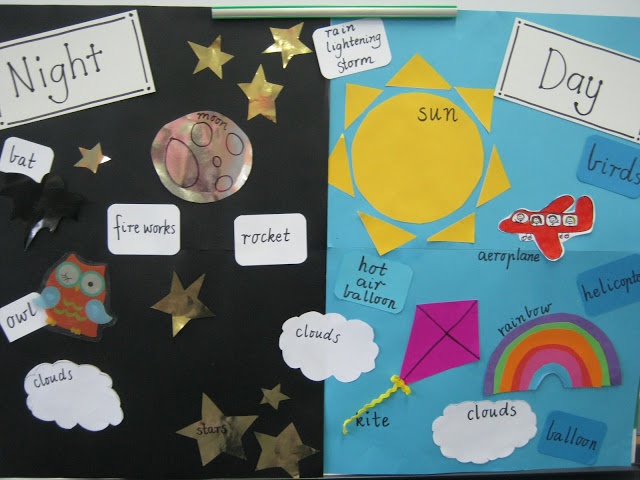
Lack of sleep can lead to chronic fatigue and disruption of the child’s nervous system. Scientific studies show that children who sleep less than their age norm are at increased risk of hyperactivity and attention deficit disorder.
Advice #5 Try to adjust the sleep time to the child’s biological rhythms.
The baby’s biorhythms are programmed for daylight hours, that is, for early bedtime and early rise. As practice shows, children adjust to daylight hours, and morning awakening has almost no effect on going to bed.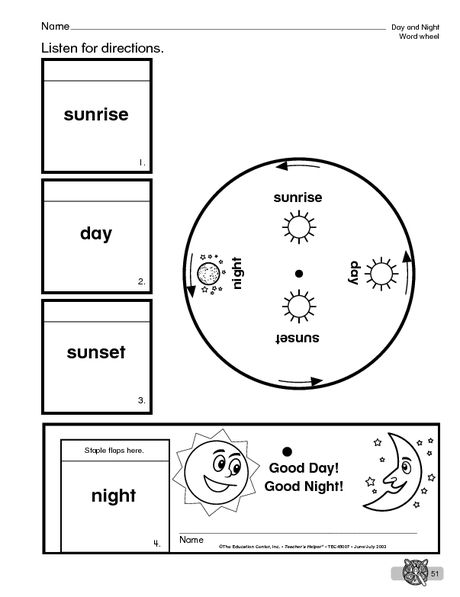
Tip #6 Get outside more.
Many babies sleep much better outside in strollers. There are children who sleep little and restlessly at home, and sleep soundly for hours in a stroller. This is normal, so stock up on audiobooks and a thermos of tea and go out on your «distance» in the park.
Tip #7 Don’t try to introduce complementary foods early for a good night’s sleep.
This can backfire as the baby’s immature digestive system is not ready to digest «adult» food.
Tip #8 Sing lullabies to your baby.
Even if it seems to you that you are deprived of vocal abilities, sing to your child.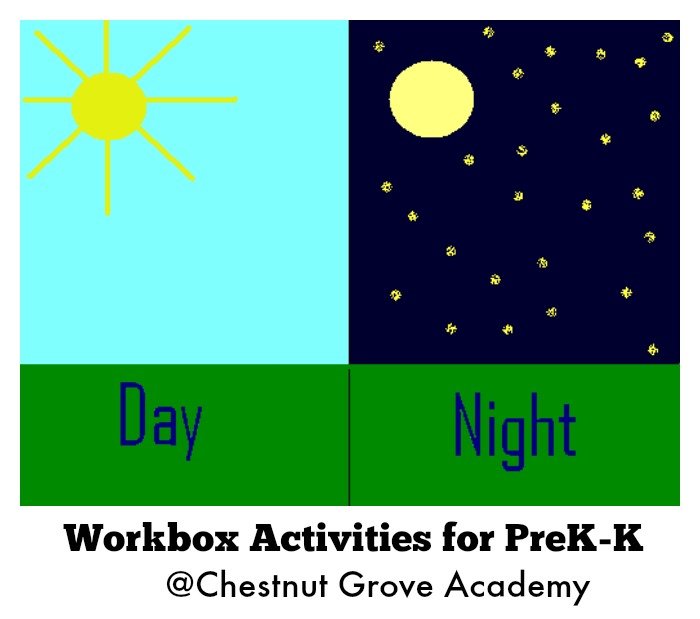
Tip #9 Create all the conditions in the bedroom.
Let the very atmosphere in the room set you up for relaxation. Ventilate it well before going to bed, and also darken it with curtains and try to ensure silence.
Tip #10 Cultivate good habits.
Try not to let the baby fall asleep on the breast, so that from the very beginning he will separate feeding and sleep. Place your baby in your crib regularly so that he gets used to having his own place to sleep. It’s good if he regularly spends some part of the night at his place.
Strictly follow the age norms of sleep and wakefulness — these are the main conditions for sound sleep, which means good mood and proper development of the baby.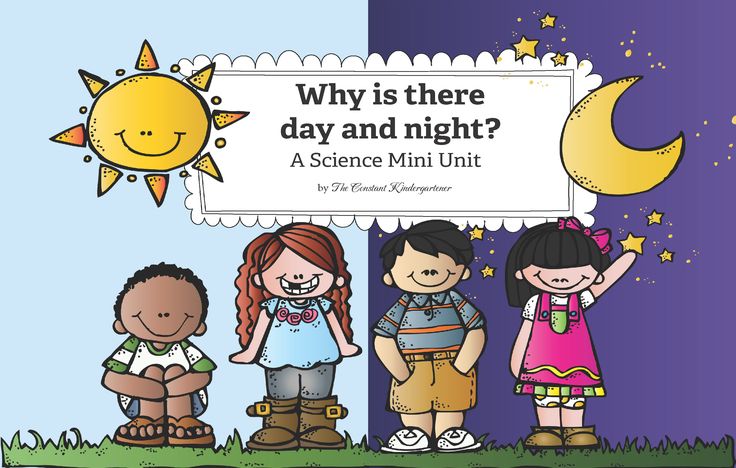
tips
pediatrician
Svetlana
Vladimirovna
Petina, Chief
doctor of the children’s center of the clinic «Mother
and child» Kuntsevo
1. Consider your child’s needs
Many babies sleep well
after bathing,
however, there are babies,
on whom a bath,
even with the addition of relaxing
herbs, acts,
on the contrary, exciting. Be guided by your own
child — if
after a bath his sleep
takes off like a hand,
transfer bathing
to the morning or afternoon.
2. Consult physicians
If your child
is not enough and restless
sleeps, it is worth it to consult
,
with a pediatrician and a neurologist, as well as
, make the necessary examinations,
, for example, ultrasound
brain,
To check the intracranial pressure.

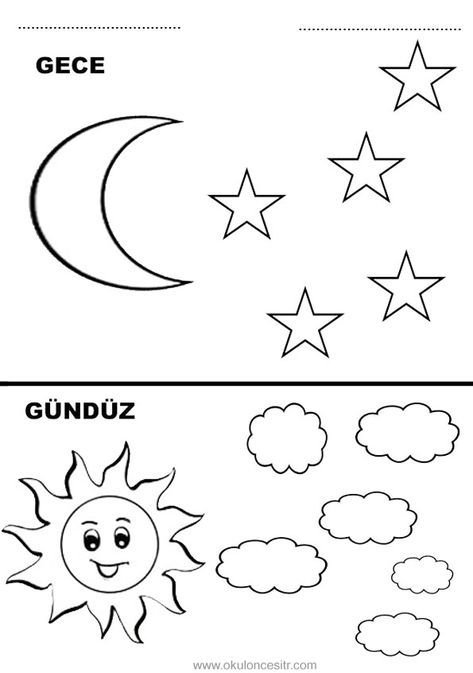 The sun always shone brightly, and the planet warmed its side.
The sun always shone brightly, and the planet warmed its side.
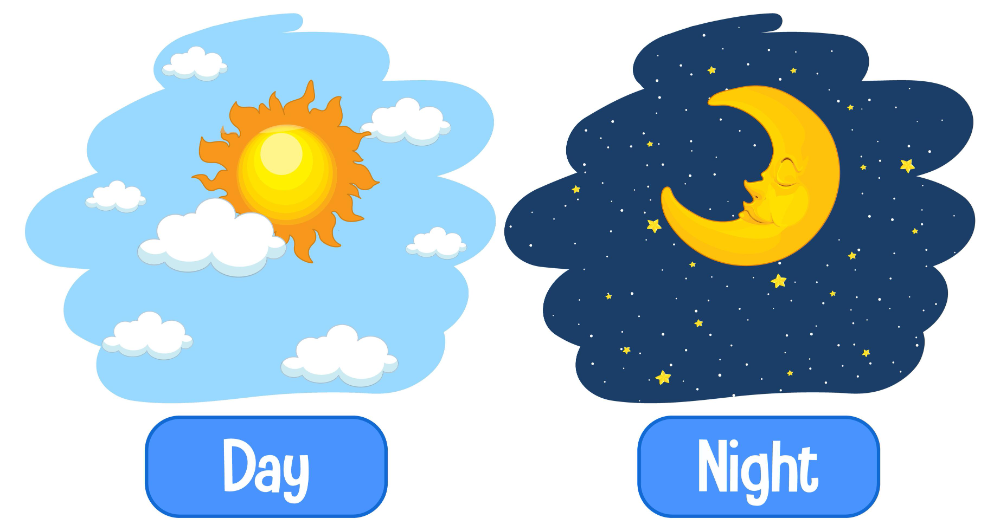
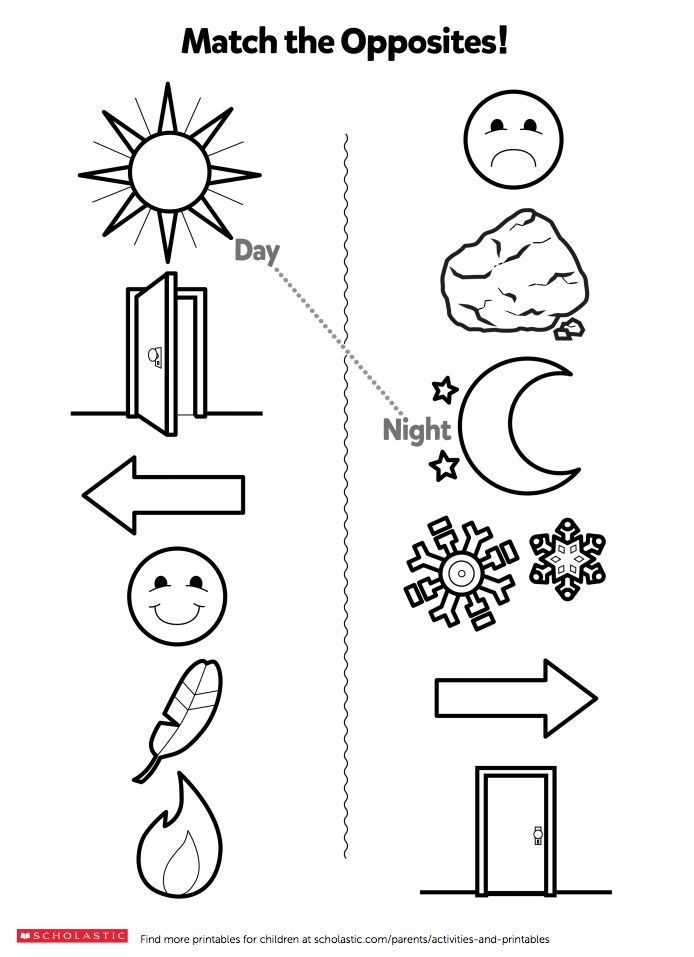
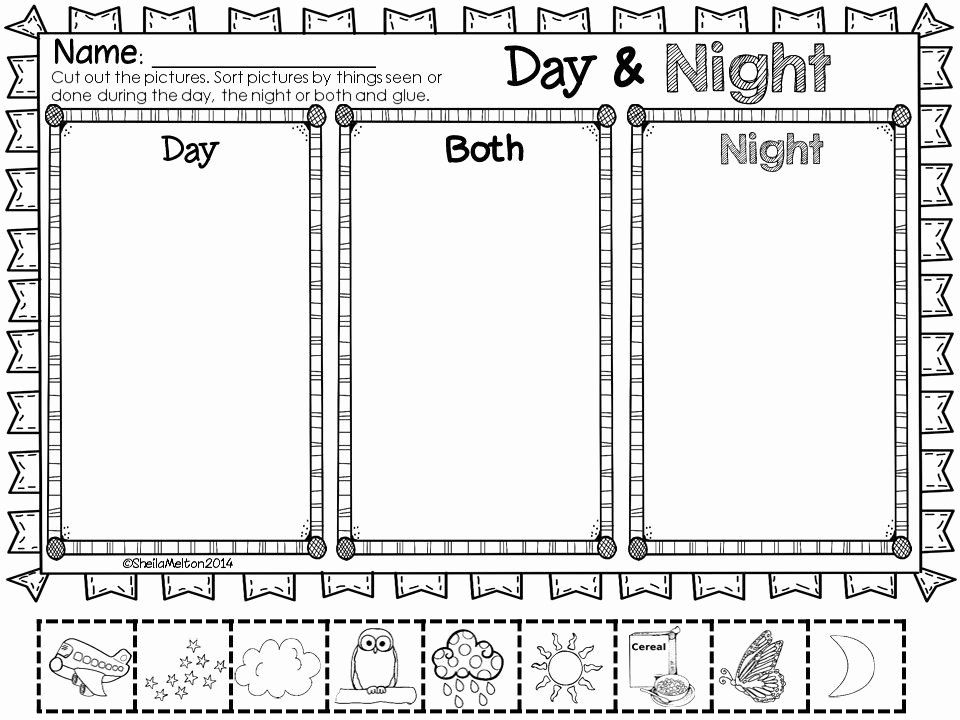
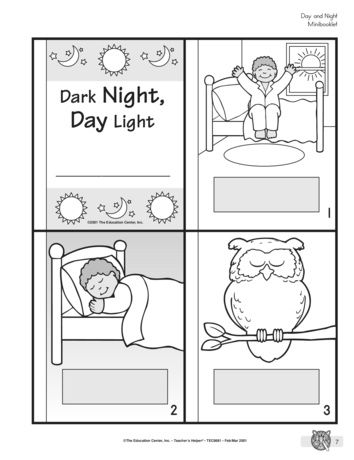 I wonder what will happen next. I look forward to continuing.
I wonder what will happen next. I look forward to continuing.
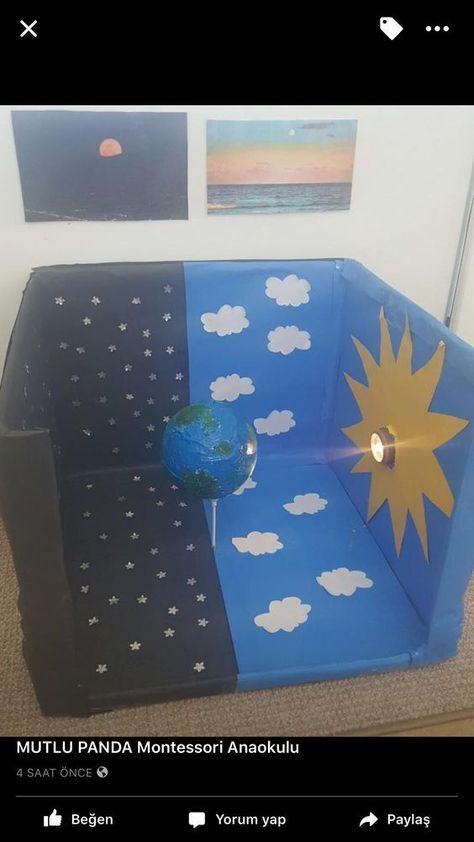
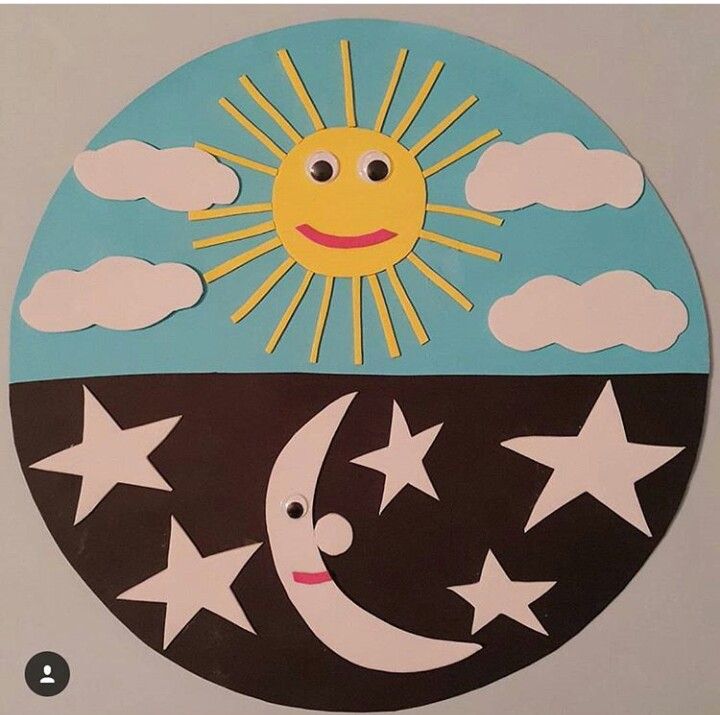
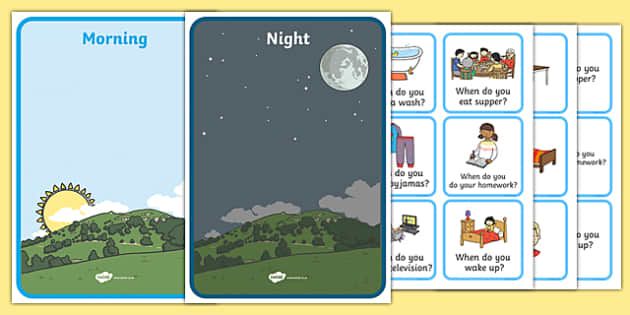 My six-year-old daughter is very interested in them, but I can’t find accessible and interesting material anywhere. Thank you.
My six-year-old daughter is very interested in them, but I can’t find accessible and interesting material anywhere. Thank you.
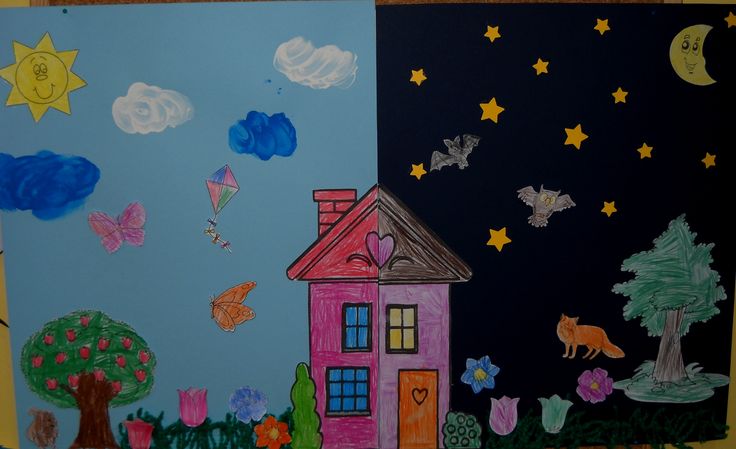 We look forward to continuing.
We look forward to continuing.
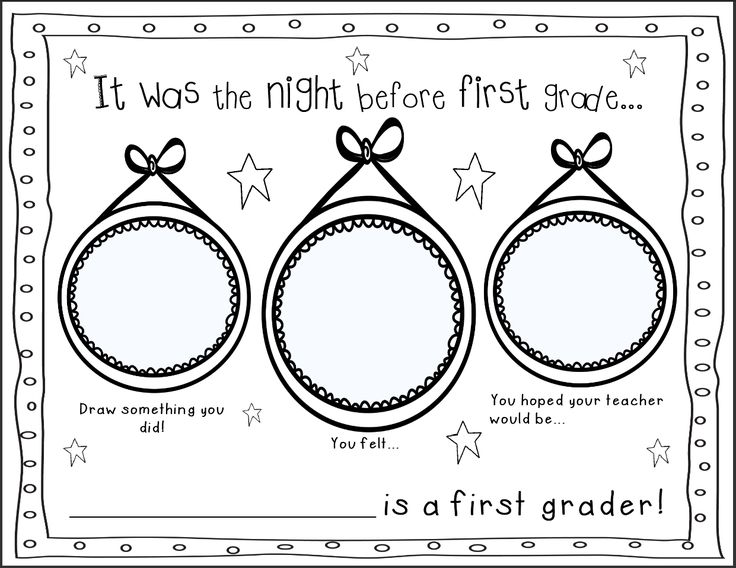 04.2005, 21:57
04.2005, 21:57 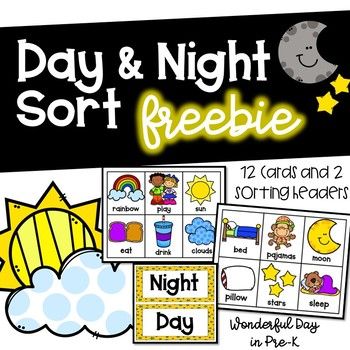 07.2005, 17:46
07.2005, 17:46  I used one of the European qualifications, which, however, can also be found in modern Russian-language reference books: the three main races are Negroid, Mongoloid and Caucasian (where “Caucasian” corresponds to “Caucasian”). So, there is no error in the story.
I used one of the European qualifications, which, however, can also be found in modern Russian-language reference books: the three main races are Negroid, Mongoloid and Caucasian (where “Caucasian” corresponds to “Caucasian”). So, there is no error in the story.
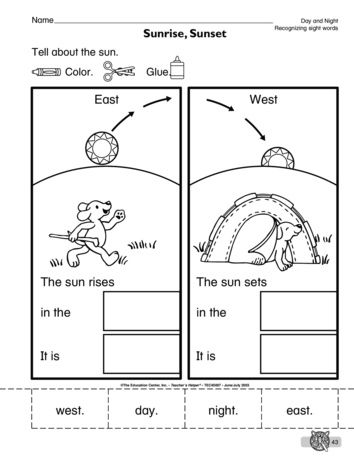
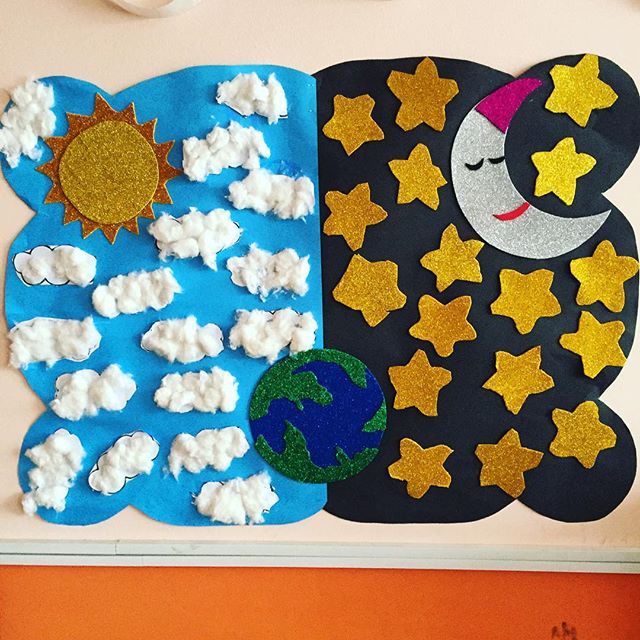
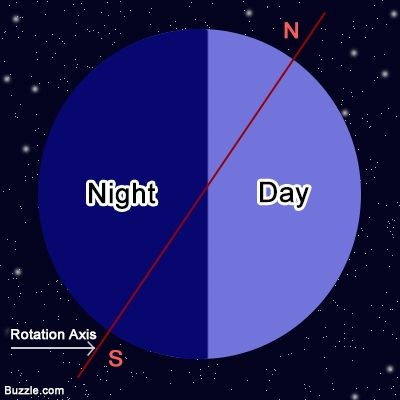
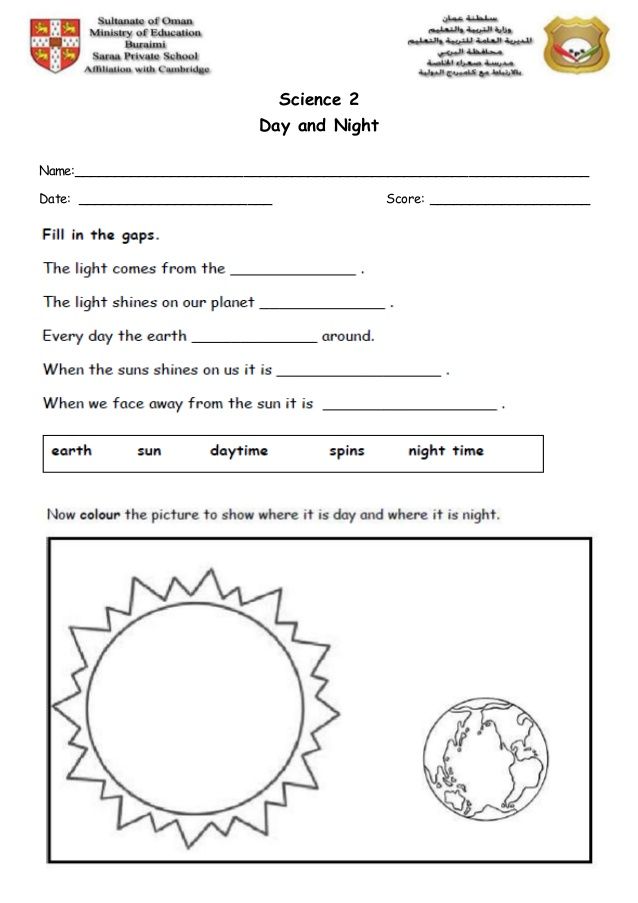 The editors of the portal «Sunshine» — in Estonia. And in the conditions of the Internet, the material is available to everyone, regardless of the country of residence. Stay with us! 🙂
The editors of the portal «Sunshine» — in Estonia. And in the conditions of the Internet, the material is available to everyone, regardless of the country of residence. Stay with us! 🙂
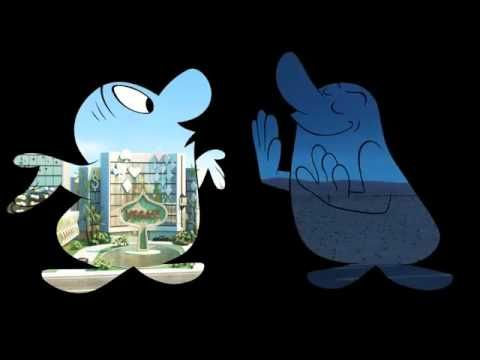 THANKS.
THANKS.
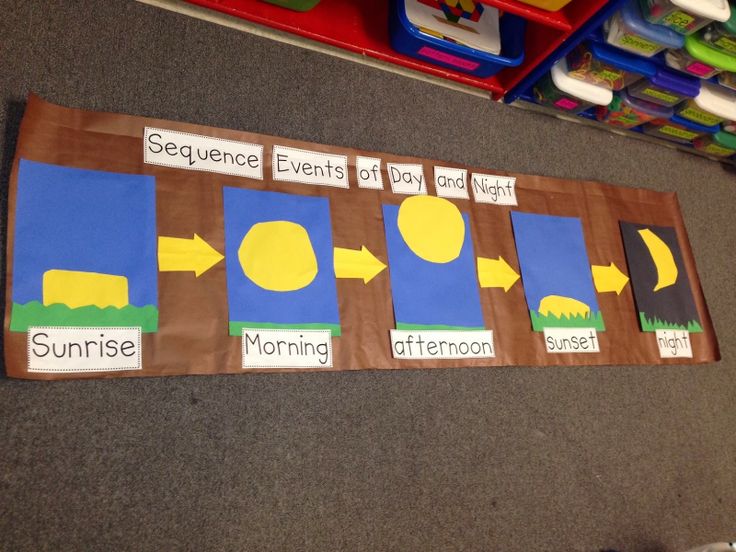 04.2008, 15:03
04.2008, 15:03 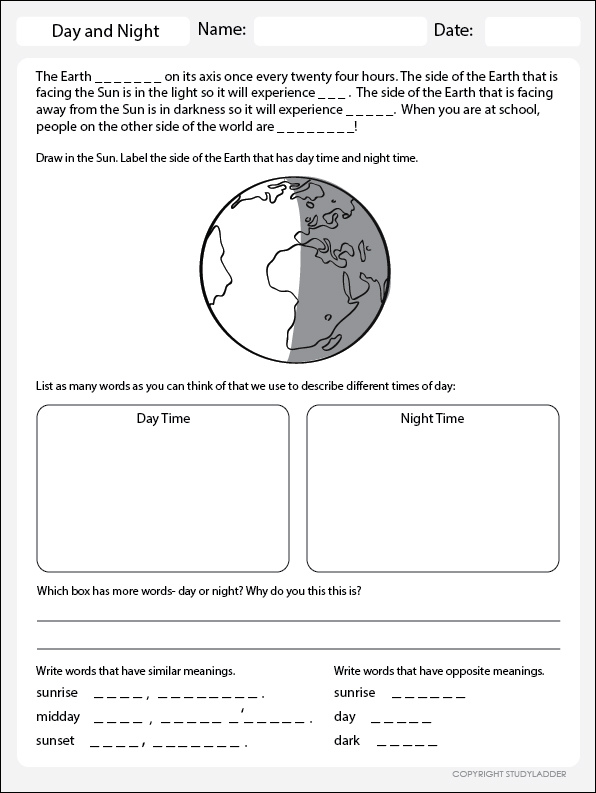
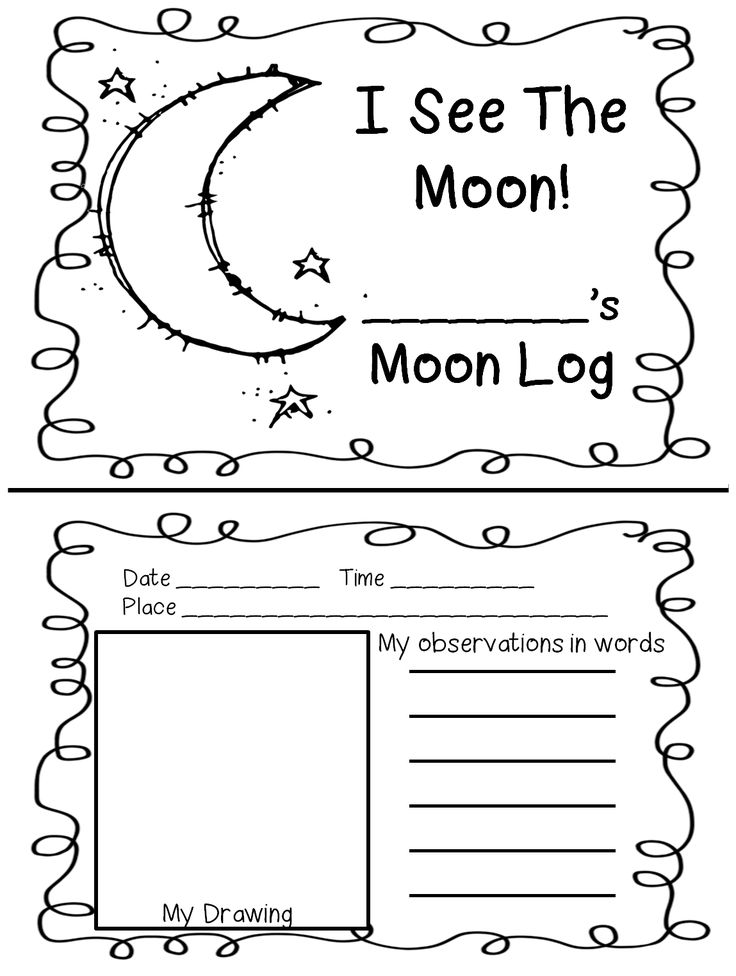
 Tillya kori — gilded. Sher dor- madrasah with tigers.
Tillya kori — gilded. Sher dor- madrasah with tigers. 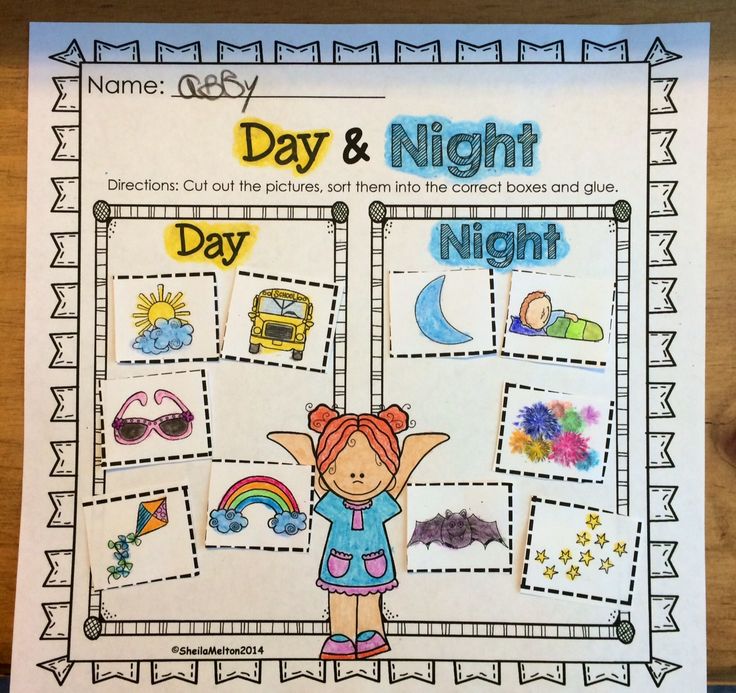 05.2009, 20:07
05.2009, 20:07 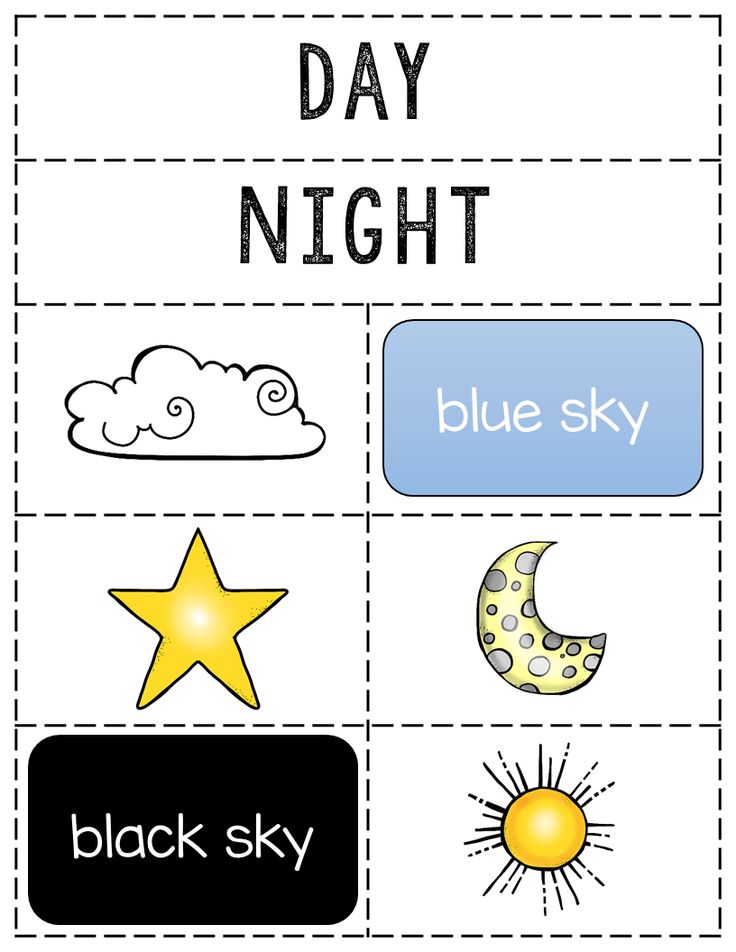 !!
!!
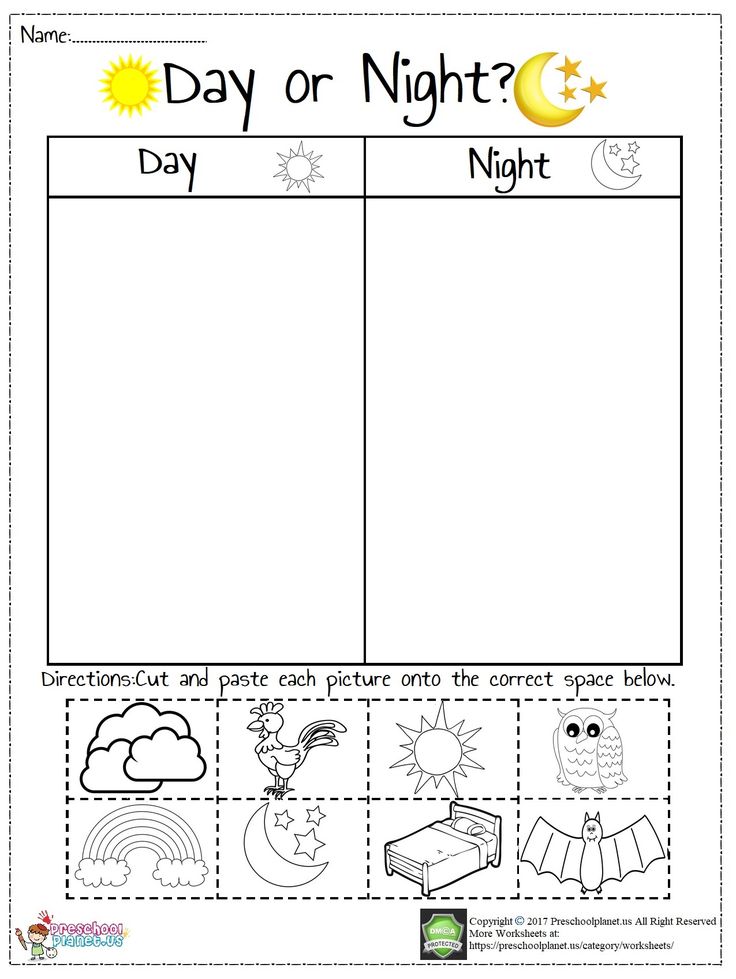 2009, 16:15
2009, 16:15 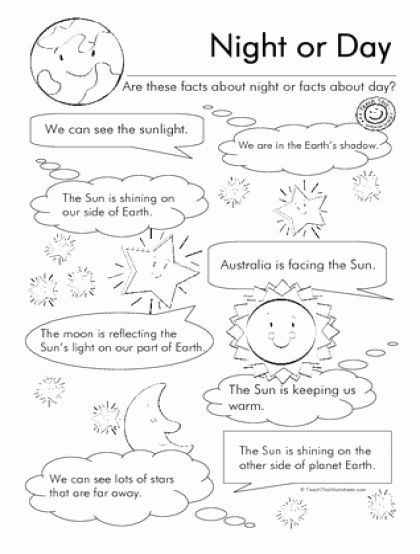 Thank you very much for your work!!!
Thank you very much for your work!!!
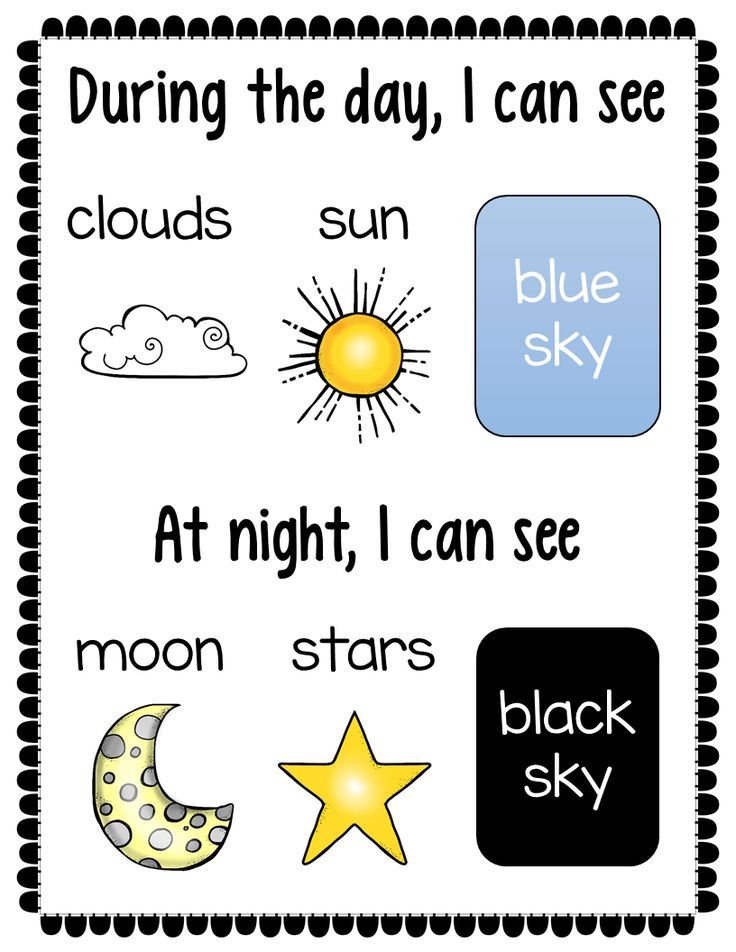 Ya.O
Ya.O 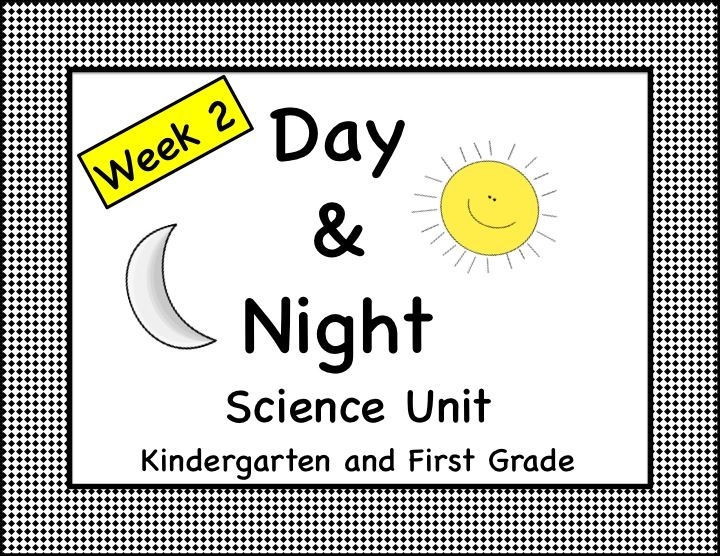 01.2011, 15:23
01.2011, 15:23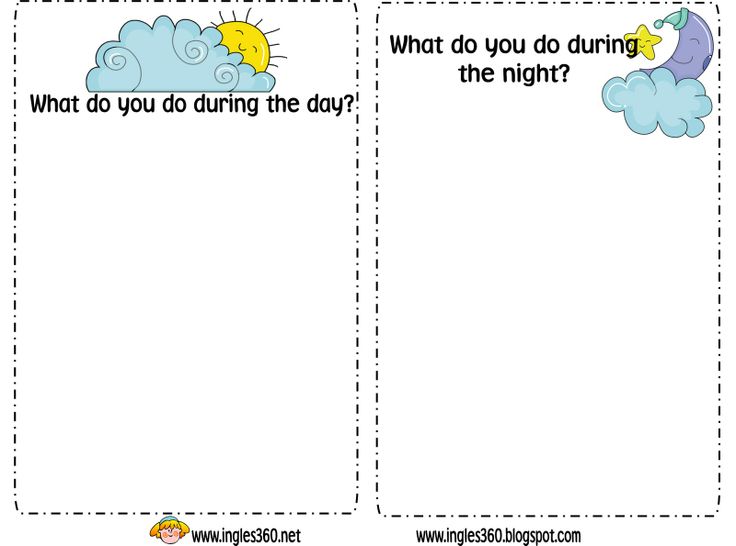 04.2011, 19:23
04.2011, 19:23 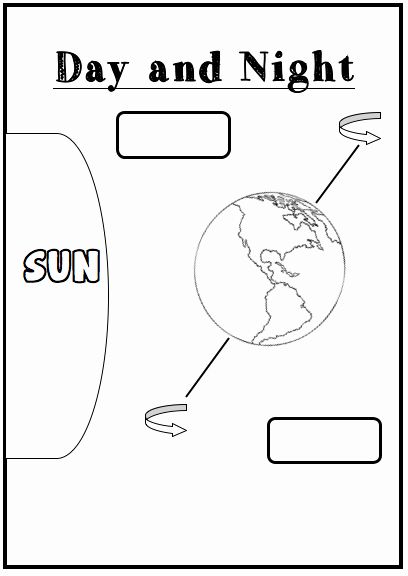 03.2012, 10:19
03.2012, 10:19 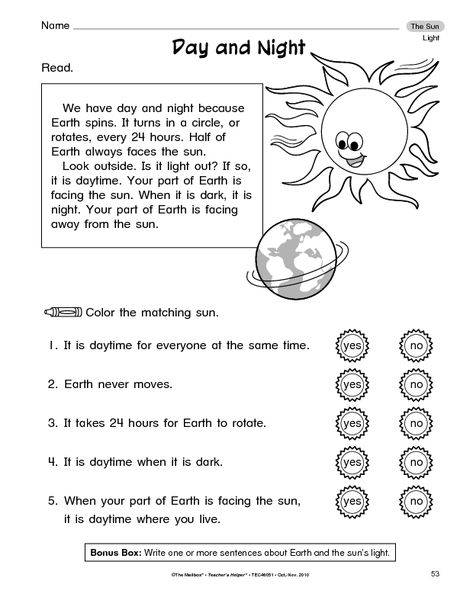 02.2014, 12:22
02.2014, 12:22 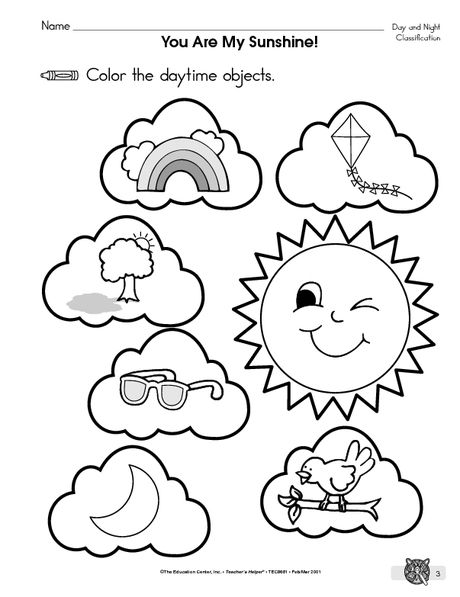 Found what I was looking for. Thank you very much
Found what I was looking for. Thank you very much